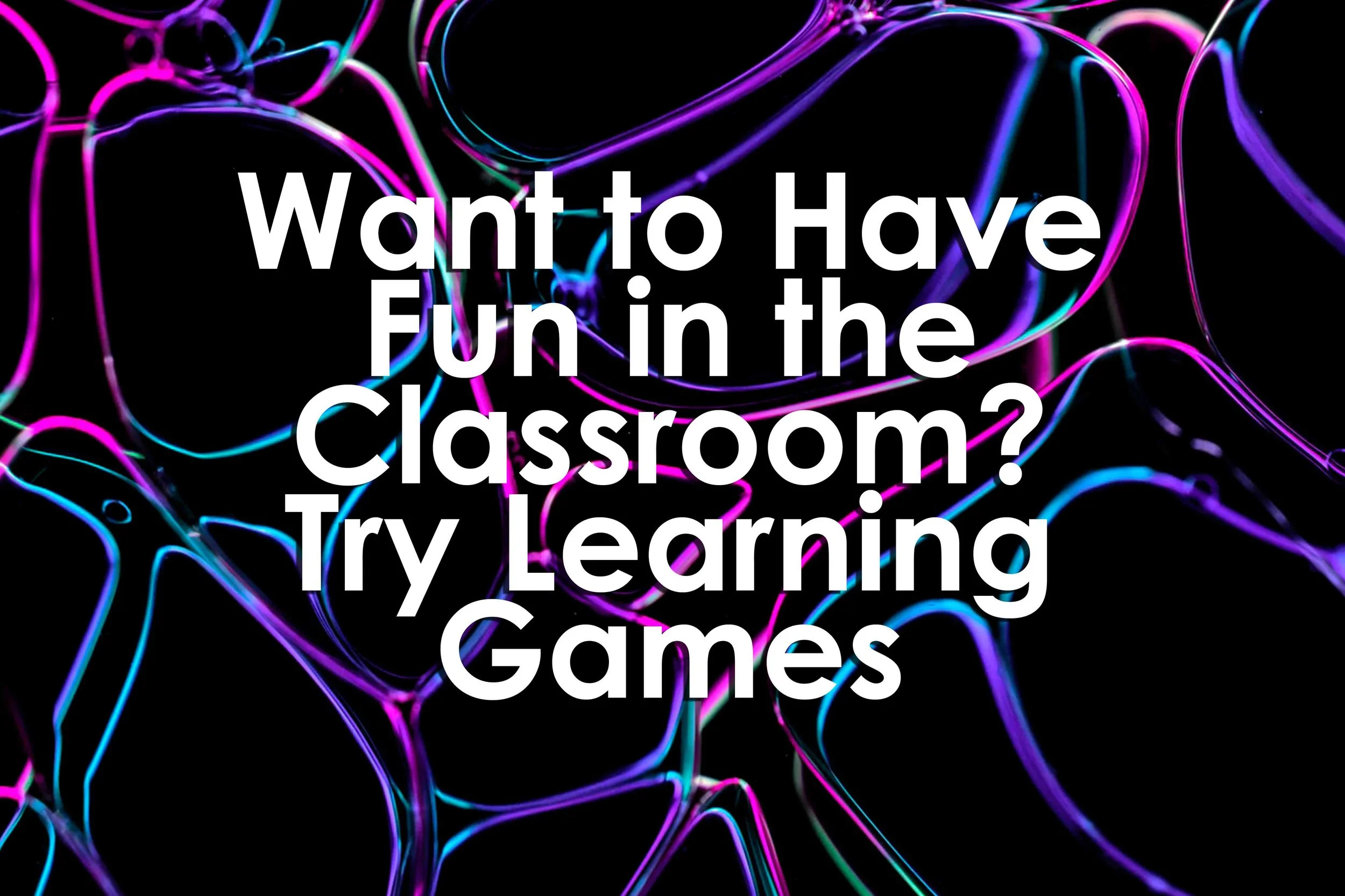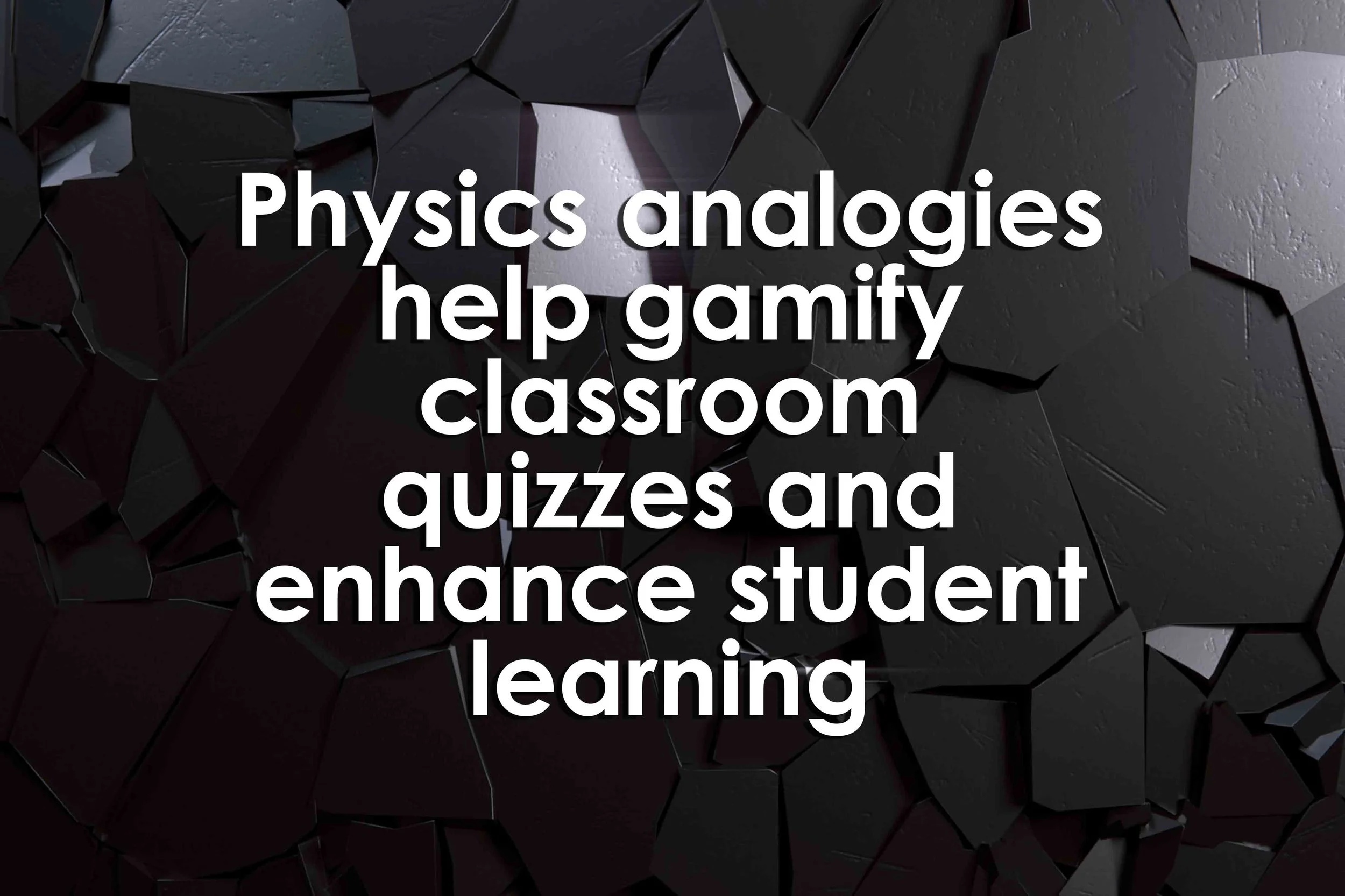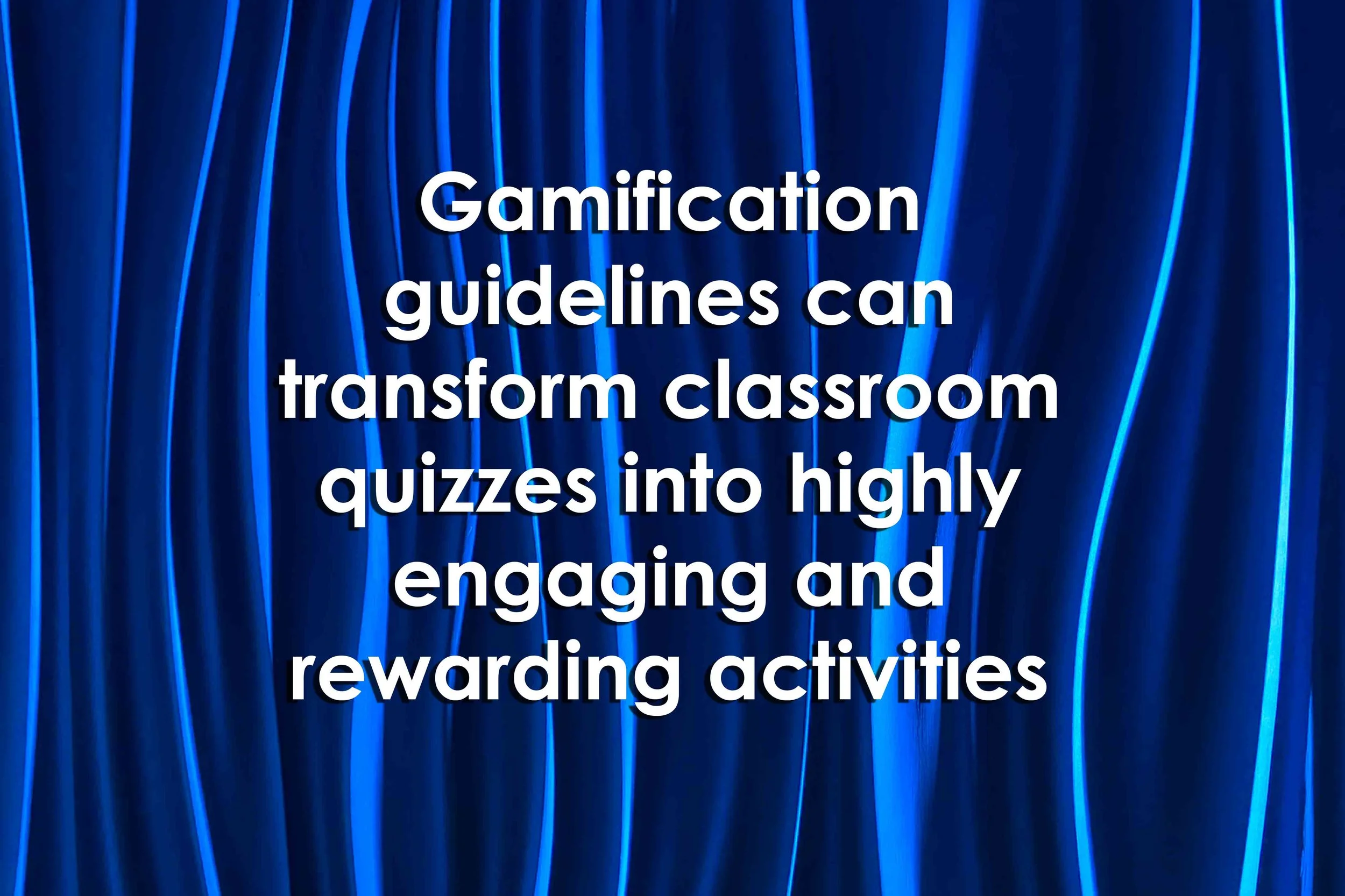How to Play Among Us in the Classroom: A Fun and Engaging Educational Game Gaming has become an integral part of our daily lives, with people of all ages enjoying the experience of virtual adventures.
Read MoreGerilyn Williams, a middle school math teacher in New Jersey, was looking for ways to make math more fun and engaging for her students. She's seen huge improvements in student engagement and academic performance compared with previous years.
Read MoreIncorporating gaming into education can make learning more fun for students and help them retain information better.
Read MoreGiven that underwriting decisions involve huge cost implications, training on the job is not a viable option; these professionals must gain their experience somehow in a safe training environment, where mistakes don't have real-world financial consequences.
Read MoreGamification, as defined in the dictionary, is "The application of typical elements of game playing to other areas of activity." This article will explore why gamifying education is essential, especially since we are now living in a time of remote learning and educating. Gamification - an Overview The turning point for gamification in education came with the development and creation of Foldit, a highly-popular online puzzle video game.
Read MoreIn recent years, as it turns out, the concept of gamification, defined as "The use of game design elements in non-game contexts," has received increased attention and interest in both academia and classroom practice with education among the top fields of gamification research.
Read MoreGamification aims to make learning more engaging and interactive. Gamification makes learning more immersive and helps learners retain the information better. Especially at a time when physical, classroom-based learning is out of the question for safety concerns, gamification ensures that learners are engaged.
Read MoreAnything that can call attention to periods or histories that most people wouldn't otherwise come across does a very real service, UC's Marion Kruse says in an article in The Atlantic. The article focuses on the rise in popularity of video gaming, specifically games such as Europa Universalis which is by Paradox Interactive, a Swedish company.
Read MoreGamification in the classroom is the application of game mechanics to lessons and course material. Gamification of lessons does require more planning and creativity than simply incorporating educational games and game-based learning tools, but these two different methods can work in tandem. Game-based learning is the utilization of games and challenges for learning and skill development with the goal to reach a winning outcome.
Read MoreWhether you're trying to keep up a seven-day streak on the language learning app Duolingo, or just trying to improve the 'strength' of your LinkedIn profile, the chances are, you're aware of gamification.
Read MoreSure, games made for in-school learning have been around a long time. Not all games are school-appropriate, but you can approach any game from an educational perspective. Ready to try out some games that weren't designed for classrooms, but still have tons of learning? Consider these tips and game recommendations.
Read MoreGamification is the use of game elements and other engaging mechanisms in training that motivate and challenge participants to take action and make decisions. Gamification promotes better involvement in effective staff training, helps participants to absorb and assimilate information more easily and to reinforce the skills they have learned.
Read MoreAs a kid growing up, I loved board games ... loved playing The Game of Life, Clue, and Sorry with my friends as a preteen and then Backgammon throughout my undergraduate years. Research indicates that there is power in using board games in the classroom.
Read MoreThis study aimed to focus on using games in the classroom and the academic effect on the students. Games in the classroom have become very popular in recent years.
Read More“Young learners exploring our world will be able to practise their English skills, have fun and start a learning adventure they will never forget," said Belinda Cerdá, head of digital partnerships at Cambridge Assessment English.
Read MoreGames are great tools to engage students in their learning. There are many educational benefits to playing games in the classroom. The best benefit that occurs from playing games in the classroom is that students are learning content in a fun, engaging way!
Read MoreLearning games are an effective way for students to review current and previously taught content. Zaretta Hammond states that: "The very act of playing the game encourages the brain to strengthen the new neural pathways by making the learner continuously search his memory for information." I typically use learning games during my small-group time.
Read MoreA team of researchers at the Japan Advanced Institute of Science and Technology has now formulated gamification guidelines that can transform classroom quizzes into highly engaging and rewarding activities.
Read MoreThe concept of gamification is increasingly gaining popularity-;tourists frequently traveling overseas earn frequent flier points from their preferred airline; customers purchasing apparel from their favorite fashion outlet accumulate customer loyalty points.
Read MoreScholars such as James Paul Gee, a longtime literacy professor, have repeatedly shown that video games can be used to facilitate learning in the K-12 classroom. The game came just before the video game industry was established with the 1972 release of the video game Pong, an electronic version of table tennis.
Read More




















